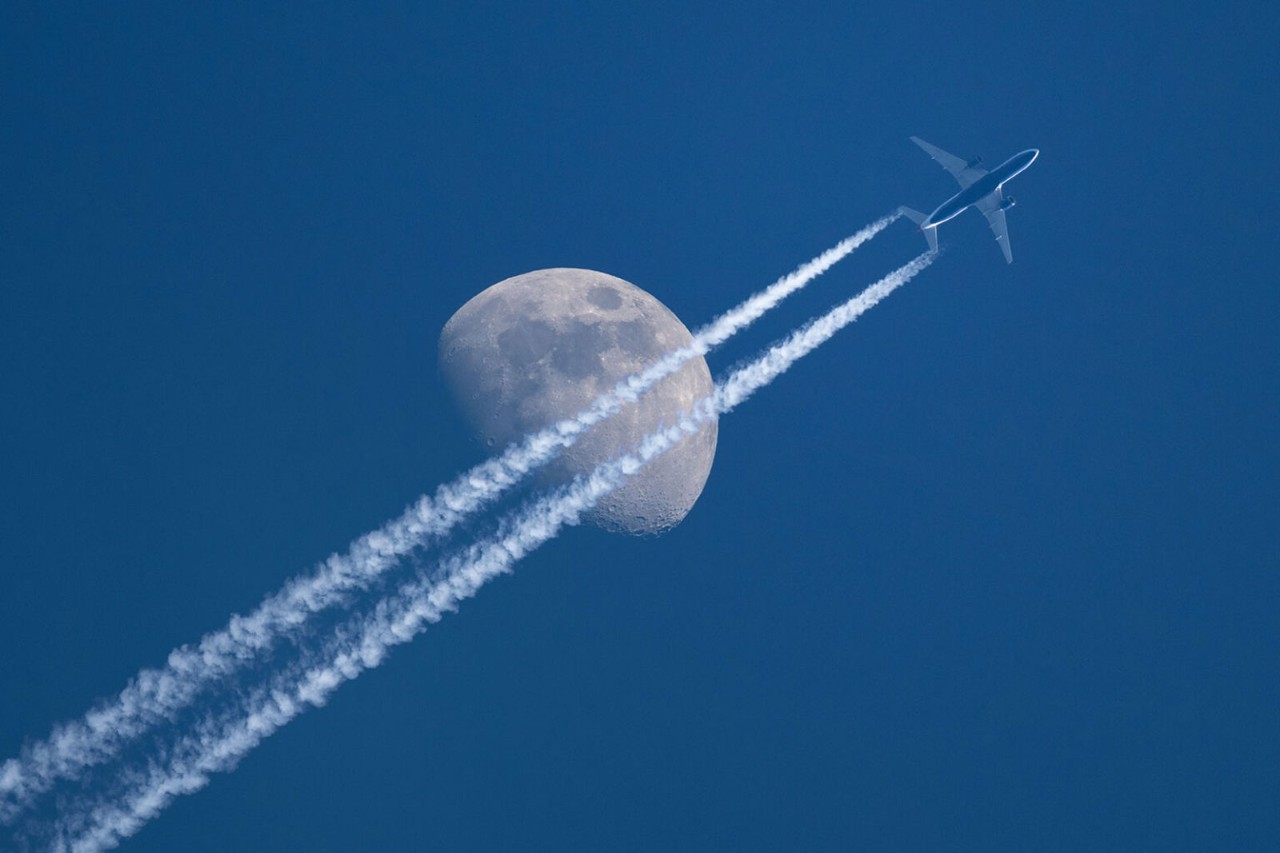
Accountancy firms driven to help their client businesses grow will often find themselves growing pretty quickly themselves, expanding services and headcount and taking on more diverse and challenging tasks. A firm’s brand often needs to evolve alongside its expanding capabilities and changing market position. A rebranding should not be a cosmetic exercise but a strategic imperative that can prevent stagnation and unlock new opportunities.
Realigned
Rebranding is not just about a new logo, it is about aligning your internal operations and external communication to reflect your current state and future goals, explains Colin Byrne, creative director at rebranding agency Totem in Waterford. ‘The current brand may be out of sync with the firm’s daily activities and what it offers to clients,’ he says.
‘People thought we were simply a traditional accountancy firm’
Alex Falcon Huerta, founder of what was originally called Soaring Falcon Accountancy but is now simply Soaring Falcon, discovered first-hand how an initial brand can eventually constrain a business’s growth trajectory. ‘It was limiting us because people didn’t know what we did,’ she explains. ‘The problem I had is that people thought we were simply a traditional accountancy firm, but it’s actually such a small part of what we do.’
This experience highlights a common challenge for growing businesses. As your services evolve and diversify, your original branding may create misconceptions about what your company truly offers.
Mickey Wilson, co-founder of branding agency Firestarter, says: ‘Your brand is the way you present yourself to the world. Think of it as an outfit you wear to impress. As you grow, that outfit will probably no longer fit. Maybe it’s become too restrictive or outdated, or perhaps it simply doesn’t reflect the bold, experienced firm you’ve become.’
Strategic advantages
- Rebranding communicates your growth or diversification. ‘If you add new services, expand your expertise or shift focus, a rebrand will make this very visible to your audience,’ says Wilson.
- It helps you stand out from the crowd. ‘A rebrand will help you mark out your territory and own your differentiation,’ she adds.
- Brand = reputation. Byrne emphasises that a brand is more than just an identity or logo, it is the firm’s reputation: ‘It’s what clients say about your firm when you’re not present.’
- Reputation has a twin benefit. ‘Reputation affects both internal (employee value proposition, attracting talent) and external (attracting clients) aspects of the business,’ Byrne adds. ‘A strong brand helps attract and retain both.’
- It builds trust and confidence. ‘A powerful rebrand signals that you’re investing in your business,’ says Wilson. ‘It shows you have confidence in your capabilities and direction, and you’re here to stay and ready for what’s next.’
- You can align company and customer goals. ‘Successful rebranding requires aligning a company’s internal goals (vision, mission, culture) with the goals of its customers,’ Byrne says. ‘Understanding what customers want to achieve and how the firm can help is crucial.’
For Huerta, rebranding allowed her firm to emphasise evolved service offerings. ‘It was really important to start talking about the things that we actually do for our clients and have been doing for years, including business transformation, working with multi-entity international companies and restructuring finance teams.’
The process
Wilson outlines a typical six-month timeline:
- months 1-2: discovery and brand strategy
- months 2-3: brand design
- months 3-4: brand asset development
- months 4-6: implementation, rollout and launch.
Before committing to a rebrand, she advises firstly establishing clear goals. What do you want to achieve? More market share? Repositioning? Attract new talent or clients? ‘Be specific,’ she says.
Then you need a clear time window. ‘Rebranding isn’t an overnight exercise. It can take three to six months, so make sure you have time to give it your full attention,’ she continues.
Lastly comes a clear understanding of your current brand. ‘An assessment is essential to see what’s working and what needs changing,’ she says.
‘Be willing to step out of your comfort zone’
Working with specialists can streamline the rebranding process while ensuring professional results. Within the business, Wilson recommends appointing a dedicated project lead who understands the vision and coordinates internal teams and external specialists.
‘Be open to insights,’ she advises. ‘The best branding partners will challenge your assumptions and push for exciting new ideas. Trust the process and be willing to step out of your comfort zone.’
Design choices
When it comes to design elements, Wilson has some practical advice. ‘Blue is the safe bet,’ she says. ‘It’s associated with trust and professionalism, but that means it’s used everywhere in the financial industries. Your brand needs to highlight why you’re different, so question whether it makes sense to play it so safe.’
Instead, she suggests: ‘If you choose a reassuring primary colour, consider adding a vibrant accent colour to differentiate you and bring your personality to life.’
Huerta reflects this thinking, using pink in an early rebrand as ‘a rebellious touch’ that helped her stand out.
‘A soft launch is a missed opportunity’
Launch
Make your rebrand launch impactful, says Wilson. ‘Go big or go home! Some companies opt for a soft launch, which can have its place, but it’s also a missed opportunity. A rebrand gives you a powerful spotlight, a chance to tell an inspiring story about your growth and your vision for the future.’
For Huerta, client feedback has been overwhelmingly positive. ‘When I explained what I was doing and why, they were all on board.’
It is an outcome that reinforces Wilson’s advice about transparency. ‘Explain that your rebrand reflects growth and greater value,’ she says, ‘without changing what they already love about your business.’
Signs you need a rebrand
- Your services have expanded beyond your brand name or description.
- You’re constantly explaining away misconceptions.
- Your ideal clients do not recognise themselves in your messaging.
- Your brand blends in with those of competitors.


